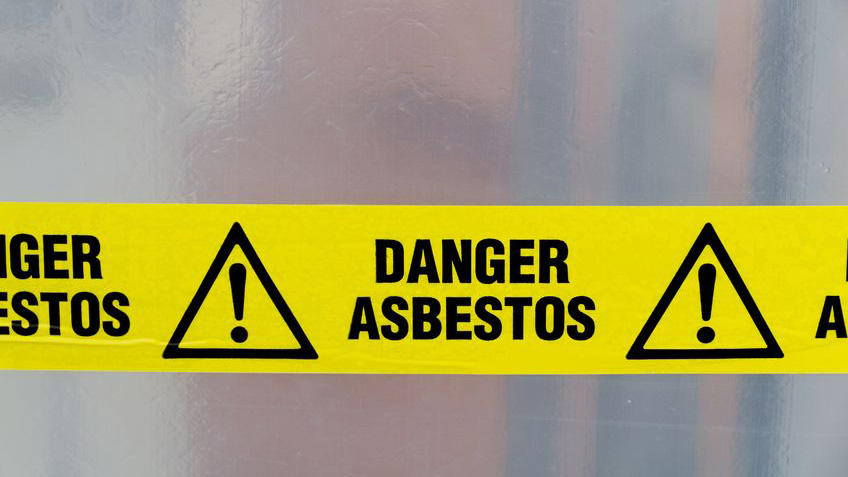
Deadly exposures: UK misses the mark with asbestos controls
Shocking statistics reveal that the UK’s asbestos safety regulations and preventative measures fall short compared to other European countries who have less of an asbestos problem.
In the latest white paper from Charles Pickles MSc, BSc CCP (asbestos) of Lucion Services, Why The UK Needs Tighter Asbestos Controls, statistics demonstrate that the UK’s current asbestos regulations enforced by the HSE are decades behind that of other European countries.
What’s the issue?
The level of asbestos contamination (HSE clearance indicator) used to declare buildings suitable for normal occupation, is known by the HSE not to be safe. The paper calls for the HSE to change the level to a safe level. This clearance indicator has remained the same for the past 30 years despite ample evidence demonstrating that this level of exposure remains unsafe. Whereas its European counterparts and closest neighbours have introduced far stricter controls in recent years, the UK has not.
Why does the UK need tighter controls of asbestos exposure?
There is a direct correlation between the amount of asbestos used per capita and the number of deaths from mesothelioma (a type of lung cancer directly associated with the exposure of asbestos). As the largest importers and users of asbestos, the UK features the highest amount of mesothelioma deaths.
The need to know the risks
So, what does this mean for the UK and its workers? As described in the white paper, much of the amosite and crocidolite asbestos in the UK was installed into buildings during the post-War period. The asbestos was used in larger public buildings where the need for fire protection was greater such as in schools, hospitals and government buildings.
The asbestos, when first installed, was less of an issue and threat to workers within these buildings. This is because asbestos that is in good condition and well managed is a low-level risk. However, many buildings are slowly degrading. This means that asbestos within these buildings are also degrading and are now posing deadly risks to the building occupants.
If the UK implemented tighter asbestos controls and matched the regulations of that of other European countries, these potential risks could be better managed and would aid in preventing future deaths.
Charles Pickles’ white paper concludes specifying the need for the Duty to Manage asbestos regulation (HSE, 2012, Control of Asbestos Regulations, Regulation 4) ought to be amended to effectively measure fibre concentrations during normal occupational areas where high-risk asbestos is known to be present.
Download the white paper here.
Lucion Services’ ‘What is Asbestos: Guide’ is also available to download on the same page.



